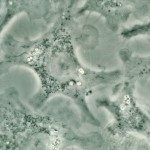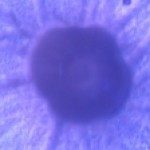Link to Pubmed [PMID] – 16040234
Res. Microbiol. 2005 Aug;156(7):822-9
Phospholipases play an important role as virulence factors in human pathogens. Candida albicans, the major fungal pathogen of humans, encodes phospholipases of type A, B, C and D. Type B Plb2 and type D Pld1 phospholipases have been shown to contribute to virulence in this organism. We analyzed, in C. albicans, PLC2 and PLC3, two highly conserved genes coding for phosphatidylinositol-dependent phospholipases C with homology to the known virulence factor PlcA in the human pathogen Listeria monocytogenes. We show that expression of PLC2 and PLC3 is upregulated under different filament-inducing conditions and in the constitutive filamentous mutant tup1Delta. In order to analyze PLC2 and PLC3 function in C. albicans, we constructed strains that carry PLC2 or PLC3 under a constitutive promoter and strains that lack all four PLC2/3 alleles. These strains were not affected in their ability to produce filaments under non-inducing conditions, nor was filamentation modified under inducing conditions, suggesting that PLC2/3 are not critical determinants of the yeast-to-hypha switch. In a cell culture model for macrophage interaction, phagocytosis of C. albicans and subsequent killing were not influenced by PLC2/3. These results demonstrate that C. albicans PLC2 and PLC3 are dispensable for virulence; moreover, they underline the sharp contrast with the function of plcA in L. monocytogenes.





